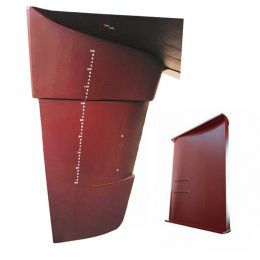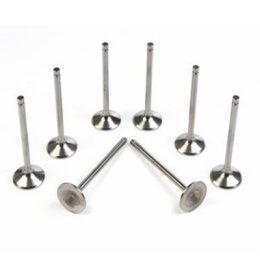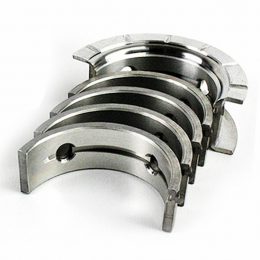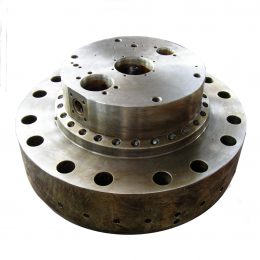“The Ultimate Guide to Marine Gate Valves: Benefits, Selection, and Maintenance”
The Power of Marine Gate Valves
Marine gate valves have become a critical component in the marine industry. They are used in various applications, including seawater cooling systems, ballast systems, and fuel oil systems. These valves are designed to control the flow of liquid in pipes, and they are known for their reliability and durability.
While there are many types of valves that can be used in marine applications, marine gate valves stand out as being a simple and efficient solution for on/off applications. In this article, we will explore the benefits of using marine gate valves, how to select the right valve for your application, best practices for installing and maintaining these valves, and how to troubleshoot common issues that may arise.
Benefits of Using Marine Gate Valves
One of the primary benefits of using marine gate valves is their ability to provide a reliable on/off function. These valves are designed to provide a tight seal when closed, preventing any leaks or backflows. This makes them ideal for use in critical applications where safety is a top priority.
Another advantage of marine gate valves is their durability. These valves are built to withstand harsh marine environments, including exposure to saltwater and extreme temperatures. This makes them a reliable solution for long-term use in marine applications.
Finally, marine gate valves are relatively simple to install and operate, making them a cost-effective solution for many marine applications. They do not require complex control systems or extensive training to operate, making them an accessible option for ship owners and operators.
How to Select the Right Marine Gate Valve
When selecting a marine gate valve, it is essential to consider the application’s specific requirements. Some factors to consider include the valve’s size, material, pressure rating, and flow rate. It is also important to consider the valve’s operating environment, including the temperature and chemical composition of the liquid being transported.
Marine gate valves are available in a range of materials, including brass, stainless steel, and bronze. Each material has its unique benefits, so it is essential to choose the most appropriate material based on the application’s specific requirements.
Best Practices for Installing and Maintaining Marine Gate Valves
Proper installation and maintenance are critical to ensuring the long-term reliability of marine gate valves. When installing these valves, it is essential to follow the manufacturer’s instructions carefully. This includes selecting the right size and material for the valve, ensuring proper alignment and torque, and using the correct gaskets and sealing materials.
Maintaining marine gate valves involves regular inspection and cleaning to ensure they remain in optimal working condition. Regular lubrication of the valve’s moving parts is also essential to prevent corrosion and maintain smooth operation.
Troubleshooting Common Issues with Marine Gate Valves
Despite their reliability, marine gate valves may experience issues from time to time. Common issues include leaks, valve sticking, and improper sealing. If these issues arise, it is essential to shut down the valve immediately and consult with a qualified technician to diagnose and repair the problem.
Conclusion: Unlocking the Full Potential of Marine Gate Valves
Marine gate valves are a simple and reliable solution for on/off applications in the marine industry. By selecting the right valve for your specific application, following best practices for installation and maintenance, and troubleshooting any issues that arise, you can unlock the full potential of these valves and ensure safe and reliable operation for years to come.



